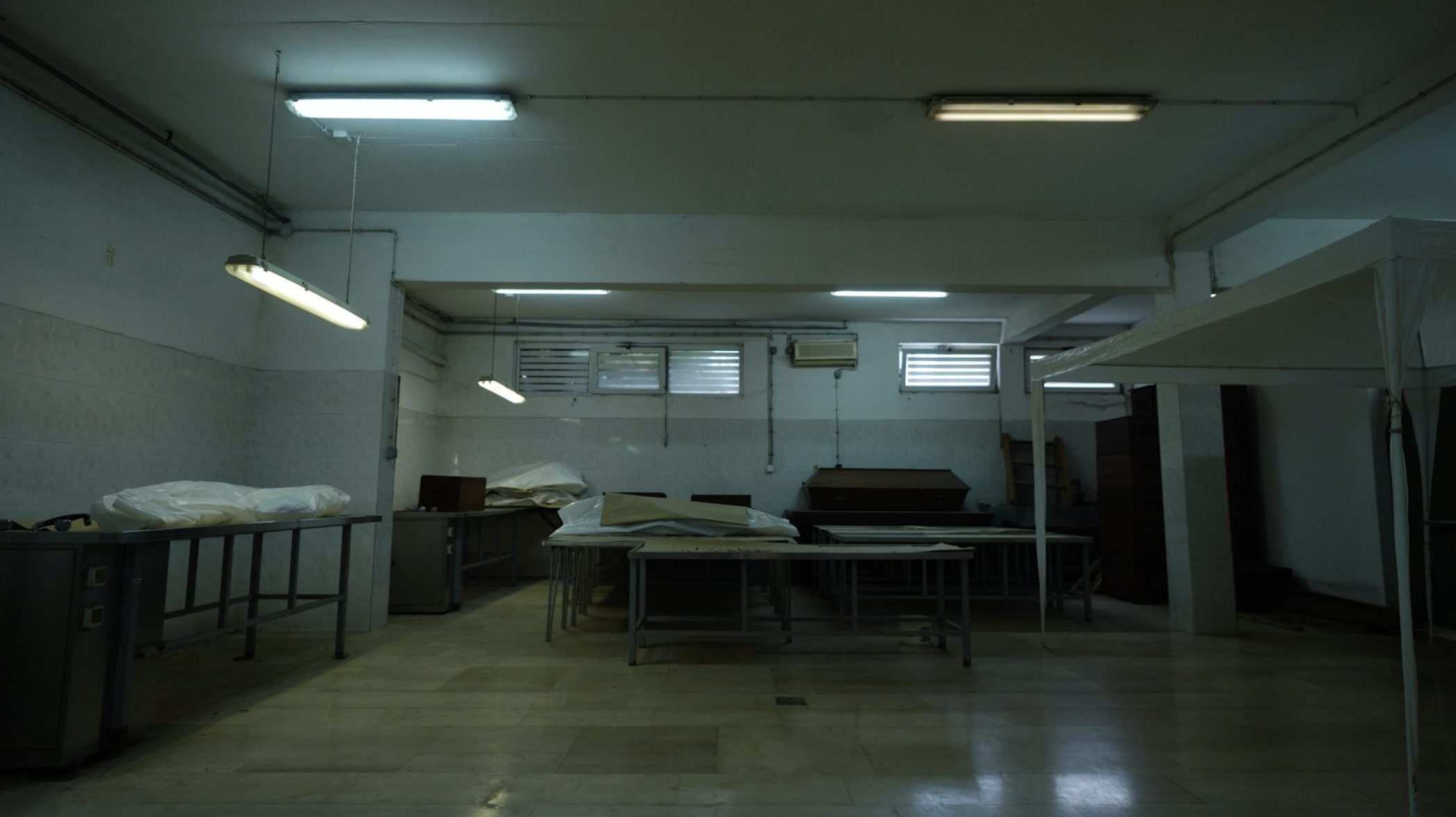This post is also available in: Bosnian
VRS heavy shelling was often random. It did not only target the conflict lines, but also residential quarters, said Thomas, who was in Sarajevo from October 1993 to July 1994. According to witness impressions, such fire from Serb positions was aimed at terrorising the population.
Thomas said that VRSs response to fire opened by lightly armed forces of the Army of Bosnia and Herzegovina, ABiH from Sarajevo was disproportionally heavy in the ratio of ten to one.
Mladic, former Commander of VRS, is charged with terrorising civilians in the capital of Bosnia and Herzegovina by shelling and sniping, as well as committing genocide, persecuting Bosniaks and Croats and taking international soldiers hostage.
In his written statement, which was included as evidence, the witness specified that, according to UN military observer documents, 5,650 projectiles hit Sarajevo in December 1992, while 709 projectiles were fired from Sarajevo on VRS positions. The witness said that VRS fired around 3,000 projectiles on Sarajevo in one day on December 22, 1992.
Thomas told the Tribunal that, for two weeks prior to the first explosion at Markale in February 1994, VRS did not let UN observers visit any of its artillery positions around Sarajevo.
According to the charges against Mladic, the projectile fired from VRS positions on February 5, 1994 killed 66 and wounded 140 people at Markale open market.
Thomas said that, following the explosion at Markale and the international communitys threat that it would bombard the VRS positions, the shelling of Sarajevo nearly stopped. However, both sides increased their sniper activities, which targeted civilians as well.
The witness said that VRS had a sniper position at Spicasta stijena, but it did not allow UN observers to install an observing point in the vicinity of that location. We do not know what criteria they used when deciding whom they were going to kill, Thomas said.
While being cross-examined by Mladics Defence attorney Dejan Ivetic, the witness confirmed that UN observers heard rumours that the ABiH shot at its own people in order to gain sympathy from the world and provoke an international intervention, but they could not prove it.
When the Defence attorney suggested that weapons and ammunition factories, of which UN observers were unaware, existed in Sarajevo and that they were legitimate military targets, Thomas said that he could not confirm their existence, but he agreed that they were legitimate targets.
Responding to Defence attorney Ivetics questions, Thomas agreed that 25,000 ABiH soldiers were present in Sarajevo and that they were a legitimate military target. However, he disagreed with a suggestion by the Defence attorney, who said that those soldiers could have easily been mixed up with civilians.
The trial of Mladic is due to continue on Friday, November 16.



